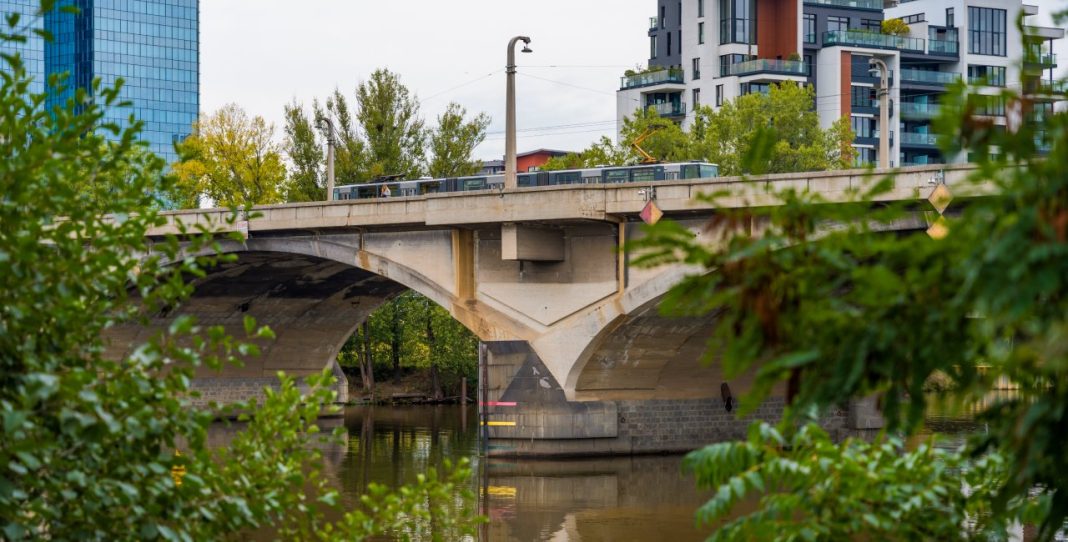The reconstruction of Prague’s historic Libeň Bridge has faced another setback, with city officials announcing delays that push the expected completion date into the 2030s. This extension of the timeline raises concerns about the project’s impact on the city’s infrastructure and daily commuters.
Historical Significance of the Libeň Bridge

The Libeň Bridge, connecting the districts of Prague 7 and 8, has stood as a vital architectural link and cultural landmark since its opening in 1928. Designed by architect Pavel Janák, the bridge is an example of Cubist architecture, an artistic style unique to Czechoslovakia during the early 20th century. Its historical significance has made it an essential part of Prague’s heritage, contributing to its designation as a cultural monument.
Over the decades, the bridge has not only facilitated transportation but also served as an emblem of Prague’s architectural brilliance. However, as with many aging infrastructures, it now requires significant renovations to meet modern standards and safety requirements.
Reasons Behind the Delay

The delay in reconstruction arises from a combination of technical challenges and financial constraints. The project’s complexity is heightened by the need to preserve elements of its original architectural integrity while ensuring the structure meets contemporary safety codes. Given the bridge’s historical status, any reconstruction effort requires meticulous planning and execution.
Financially, the city has faced hurdles in allocating sufficient resources to the project amidst competing priorities, including urban development and public transportation upgrades. The economic impact of the COVID-19 pandemic has further strained municipal budgets, contributing to the postponed timeline.
Impact on Commuters and Local Residents

The delay has significant implications for Prague’s commuters and local residents who rely on the bridge as a key thoroughfare. Traffic congestion is likely to increase as alternative routes become more congested, affecting daily travel times and local businesses. Public transportation services are also expected to experience disruptions, necessitating adjustments to bus and tram routes that historically traverse the bridge.
Community concerns are growing, with many questioning the efficacy of ongoing maintenance efforts to keep the existing structure functional until reconstruction is completed. City officials have promised to enhance safety measures to mitigate potential dangers while construction plans proceed.
Future Prospects and City Planning

Despite the delays, Prague officials remain optimistic about the bridge’s future. They emphasize that the extended timeline allows for more thorough planning, ensuring that the project not only preserves the bridge’s historical elements but also improves its functionality for future generations. Plans include integrating modern infrastructure such as bike lanes and pedestrian pathways to accommodate a broader range of users.
The city’s approach underlines a commitment to sustainable development, balancing historical preservation with urban innovation. Key stakeholders, including historical preservationists, city planners, and community representatives, are collaborating to ensure that the reconstruction aligns with Prague’s long-term urban development goals.
While the delay is disappointing to many, the city recognizes the importance of thoughtful planning and resource allocation in securing the bridge’s legacy. The Libeň Bridge remains a symbol of Prague’s unique architectural style and enduring resilience.





